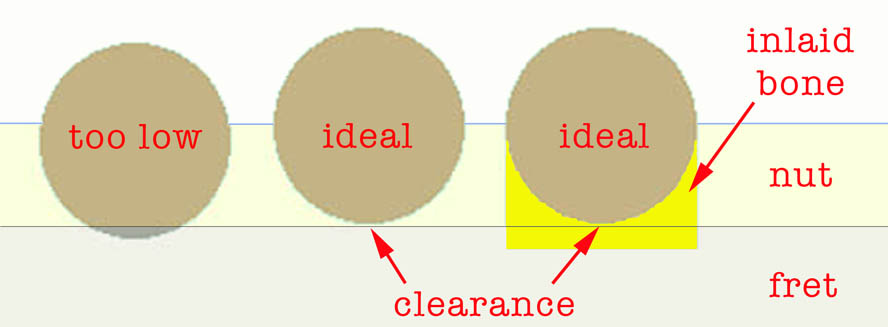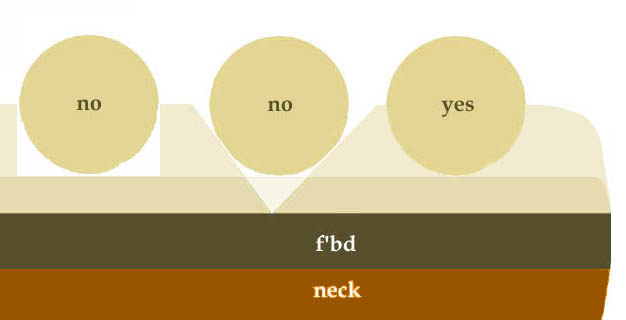My G string buzzes at the nut. I can put a little piece of paper under it and it quits but I was wondering the easiest way to correct this. I have put paper under the G strings for twenty years and it just started to bother me now. Any help would be appreciated.






 Reply With Quote
Reply With Quote











Bookmarks